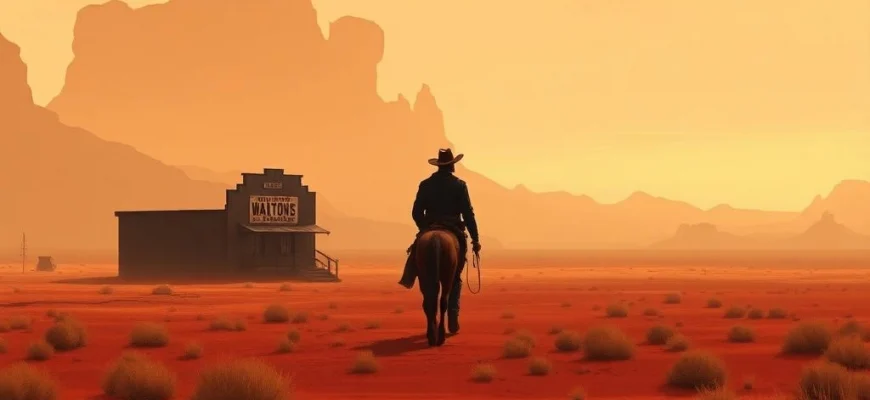If you loved the epic storytelling, stunning cinematography, and unforgettable characters of 'Once Upon a Time in the West,' you're in for a treat. This article explores 10 movies and shows that capture the same grandeur, tension, and Western spirit. Whether you're a fan of Sergio Leone's masterpiece or just discovering the genre, these recommendations will keep you hooked.
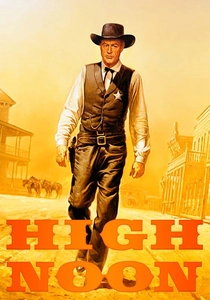
High Noon (1952)
Description: A tense, real-time western that explores themes of duty and isolation. The film's minimalist approach and psychological depth make it a standout in the genre.
Fact: The movie was shot in just 28 days, and the story unfolds in real time, matching its 85-minute runtime. It was controversial at the time for its allegorical critique of McCarthyism.
 Watch Now
Watch Now 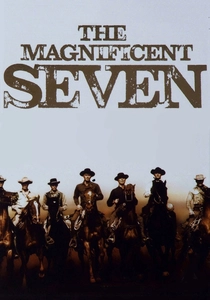
The Magnificent Seven (1960)
Description: A classic ensemble western with a focus on camaraderie and sacrifice. The film's sweeping landscapes and heroic themes align with the grandeur of epic westerns.
Fact: The movie is a Western adaptation of Akira Kurosawa's 'Seven Samurai.' Elmer Bernstein's rousing score is one of the most recognizable in film history.
 Watch Now
Watch Now 
The Good, the Bad and the Ugly (1966)
Description: A quintessential spaghetti western with a sweeping narrative, morally ambiguous characters, and a focus on the harsh realities of the frontier. The film's visual grandeur and operatic score enhance its epic feel.
Fact: The film's climactic three-way shootout is one of the most iconic scenes in cinema history. It was shot in Spain's Tabernas Desert, which stood in for the American Southwest.
 Watch Now
Watch Now 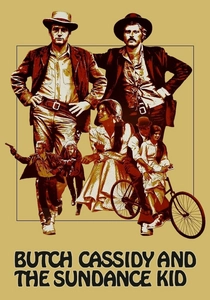
Butch Cassidy and the Sundance Kid (1969)
Description: A blend of action, humor, and tragedy, focusing on the bond between two outlaws. The film's charismatic leads and picturesque cinematography give it a timeless appeal.
Fact: The movie popularized the use of sepia-toned flashbacks in films. The iconic bicycle scene was set to the song 'Raindrops Keep Fallin' on My Head,' which won an Academy Award for Best Original Song.
 Watch Now
Watch Now 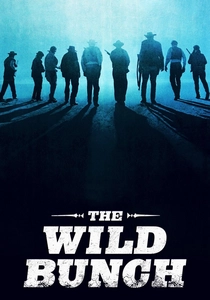
The Wild Bunch (1969)
Description: A violent, nihilistic western that challenges traditional notions of heroism. The film's brutal action sequences and morally ambiguous characters reflect the changing attitudes toward the genre in the late 1960s.
Fact: The film's opening and closing shootouts are among the most violent scenes in cinema history at the time of its release. Director Sam Peckinpah used innovative slow-motion techniques to heighten the impact of the violence.
 Watch Now
Watch Now 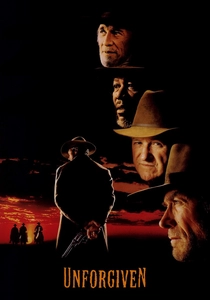
Unforgiven (1992)
Description: A deconstruction of the western genre, portraying the moral complexities and consequences of violence. The film's somber tone and introspective storytelling set it apart from traditional westerns.
Fact: Clint Eastwood won his first Academy Award for Best Director for this film. The movie was originally written in the 1970s but was shelved until Eastwood felt he was old enough to play the lead role.
 Watch Now
Watch Now 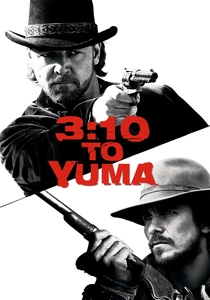
3:10 to Yuma (2007)
Description: A tense, character-driven western that explores themes of redemption and honor. The film's tight pacing and moral dilemmas make it a compelling entry in the genre.
Fact: This is a remake of the 1957 film of the same name, but it expands on the original's story and characters. The movie was shot in New Mexico, which doubled for Arizona in the film.
 Watch Now
Watch Now 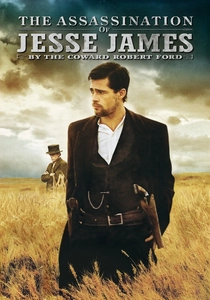
The Assassination of Jesse James by the Coward Robert Ford (2007)
Description: A meditative, visually stunning western that delves into the myth and reality of outlaw life. The film's poetic storytelling and haunting score create a melancholic atmosphere.
Fact: The film's cinematography was heavily inspired by the paintings of Andrew Wyeth, giving it a distinctive, painterly look. It took over a decade to bring the script to the screen due to its unconventional structure.
 Watch Now
Watch Now 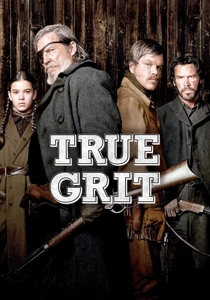
True Grit (2010)
Description: A gritty, character-driven western that emphasizes the unforgiving nature of the frontier. The film's strong narrative and atmospheric visuals pay homage to the genre's golden age.
Fact: This is a remake of the 1969 film of the same name, but it hews closer to the original novel by Charles Portis. The Coen brothers insisted on using natural lighting for most of the film to enhance its authenticity.
 Watch Now
Watch Now 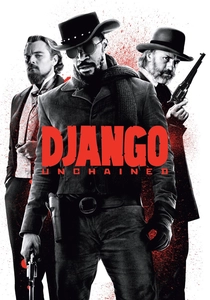
Django Unchained (2012)
Description: A revisionist western that blends brutal violence with dark humor, exploring themes of revenge and justice. The film's stylized cinematography and memorable characters echo the grandeur of classic westerns.
Fact: The character Django was inspired by the 1966 spaghetti western 'Django,' but the story is entirely original. The film features one of the highest on-screen body counts in Quentin Tarantino's filmography.
 Watch Now
Watch Now 
